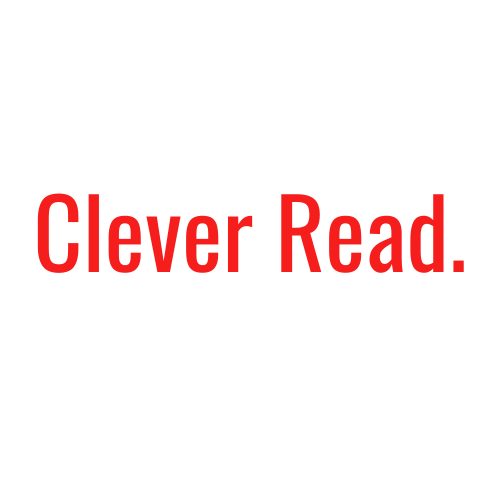Self-publishing and traditional publishing are two different ways to get a book published. While traditional publishing has been the preferred route for many authors in the past, self-publishing has become increasingly popular in recent years. In this blog post, we will explore the benefits and drawbacks of self-publishing vs traditional publishing.
Benefits of Self-Publishing:
- Creative control: Self-publishing gives authors full creative control over their work, including cover design, formatting, and content. They can also set their own deadlines and release dates.
- Higher royalties: With self-publishing, authors keep a larger share of the profits from their book sales. Traditional publishers typically pay authors a royalty rate of 10-15%, while self-publishing platforms like Amazon Kindle Direct Publishing (KDP) pay up to 70%.
- Faster time to market: Self-publishing allows authors to get their books to market faster than traditional publishing, which often involves a lengthy submission and review process.
- Flexibility: Self-publishing platforms allow authors to publish books in a variety of formats, including e-books, print-on-demand paperbacks, and audiobooks.
- No rejection: Self-publishing eliminates the need to go through the traditional publishing submission process, which often results in rejections.
Drawbacks of Self-Publishing:
- Upfront costs: Self-publishing requires authors to pay for editing, formatting, cover design, and marketing, which can add up quickly.
- Lack of support: Self-published authors are responsible for all aspects of publishing, including marketing and distribution. This can be overwhelming for some authors, especially those who are not familiar with the publishing industry.
- Credibility: Self-published books are often viewed as less credible than traditionally published books, which can make it harder to gain recognition and build a following.
- Limited distribution: Self-publishing platforms have limited distribution networks, which can make it harder to get your book into bookstores and libraries.
- No advance: Self-published authors do not receive an advance payment, which can make it harder to fund the production and marketing of their book.
Traditional publishing has been the go-to option for authors for centuries, and for good reason. Here are some of the benefits of traditional publishing:
- Professional editing and proofreading: Traditional publishers have professional editors and proofreaders who can help improve the quality of your manuscript. They can catch errors, provide feedback, and help you make your book the best it can be.
- Book marketing and promotion: Traditional publishers have established marketing and promotion channels that can help get your book in front of a wider audience. They can help you secure book reviews, arrange book tours and signings, and create advertisements for your book.
- Access to resources: Traditional publishers have access to a range of resources that can help bring your book to life, such as designers, illustrators, and printers. They can also help with book cover design, formatting, and layout.
- Prestige and credibility: Traditional publishing is often seen as a mark of quality and prestige. Being published by a reputable publishing house can lend credibility to your work and help establish your reputation as an author.
- Advances and royalties: Traditional publishers typically offer authors an advance on their royalties, which can provide financial support while they are writing. They also offer higher royalty rates than self-publishing platforms.
While traditional publishing offers many benefits, there are also some drawbacks to consider. In my next post, I’ll cover the benefits of self-publishing.
While traditional publishing has its benefits, there are also some potential drawbacks to consider. Here are some of them:
- Longer publishing timeline: Traditional publishing can be a lengthy process, often taking several months or even years from submission to publication. This timeline can be frustrating for authors who want to get their work out into the world quickly.
- Loss of control: When you sign a publishing contract, you give up some control over your book. The publisher may make changes to your manuscript, book cover, or title without your input.
- Limited creative freedom: Traditional publishers may be less willing to take risks on unconventional or experimental works. If your book doesn’t fit neatly into a particular genre or isn’t seen as commercially viable, it may be harder to find a traditional publisher who is willing to take a chance on it.
- Lower royalties: While traditional publishers typically offer advances, they also take a larger cut of the profits. This can mean lower royalties for the author in the long run.
- Difficulty in securing a publishing contract: Traditional publishers receive a large number of submissions, and it can be difficult to stand out from the crowd. If your book is rejected by multiple publishers, it can be discouraging and may delay the publication process.
It’s important to weigh the pros and cons of traditional publishing and self-publishing to determine which path is right for you. In my previous post, I covered the benefits of traditional publishing, and in my next post, I’ll cover the benefits of self-publishing.















